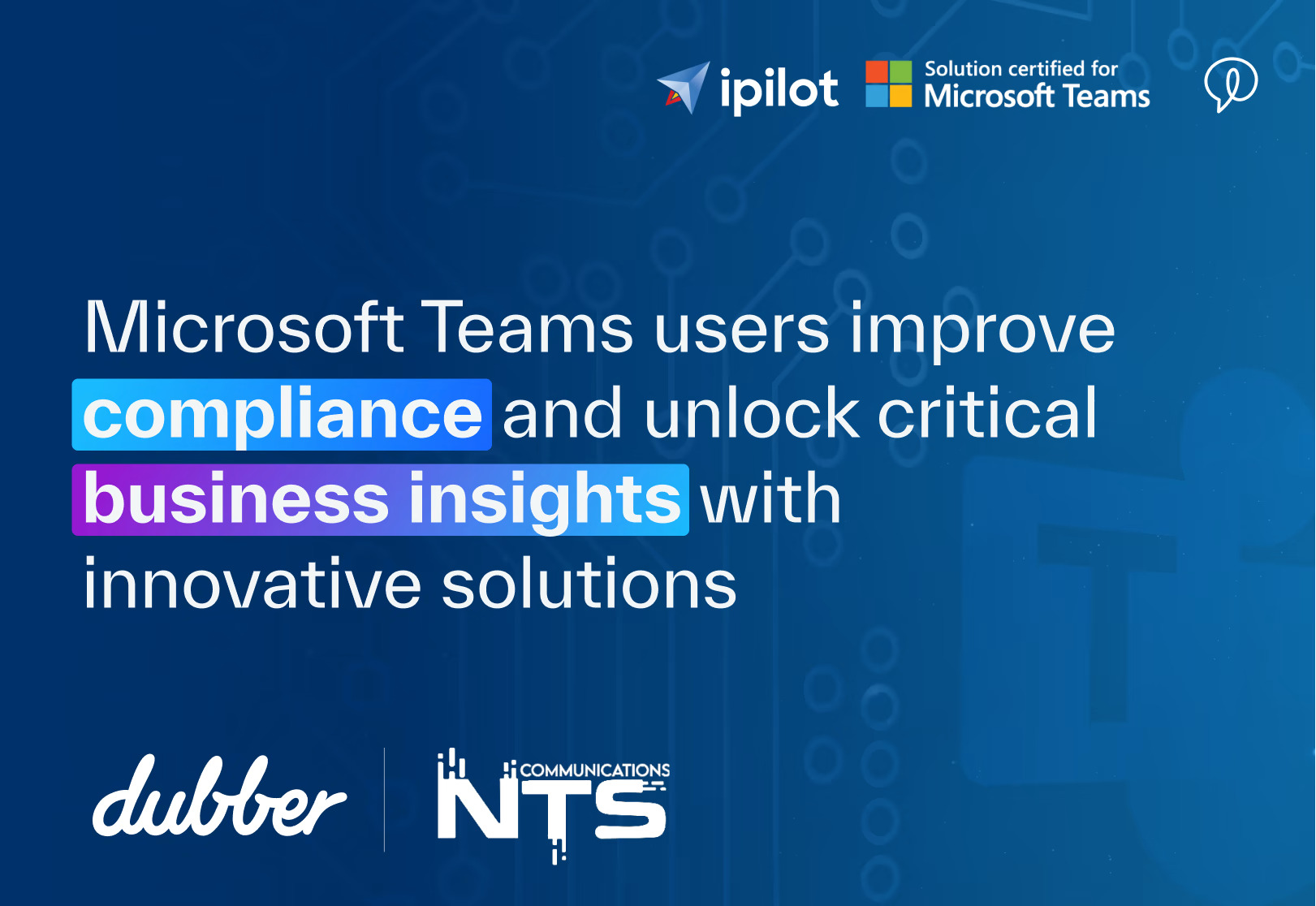

4 Major Challenges Facing Telcos Today
The way people communicate is changing, and so telcos need to reevaluate how they deliver their core services to keep up with these. In a dynamic and turbulent time for communications, telcos must consider a new balance to build lasting revenue streams; they must find innovative new solutions to overcome the 4 major challenges facing telcos today whilst still providing users with key services.
To stay afloat, telcos must adapt. If they invest and develop suitable solutions that simultaneously answer consumer demand and support tech innovation, they will broaden their user base and open themselves up to new sources of revenue. If they fail to adapt, however, they will find themselves threatened by other new, innovative smaller but yet fastly growing companies. In a competitive and dynamic industry that is headed for a big shake up, what new challenges are the biggest threats to telecom longevity?
1. Competition from OTT services.
The phenomenal growth of mobile messaging apps in the last few years has become a serious threat to telco revenue. Approximately 2.5 billion people worldwide now use at least one messaging app, which is steering valuable traffic away from telco’s text services. There is already an obvious decline in the Average Revenue Per User (ARPU) of telcos, with a decrease from 34.58% in 2007 to 22.11% in 2015. If the trend continues, text messaging will die out completely and OTT service providers will continue to steal valuable revenue from telcos. Add the voice services provided on top of these messaging apps and the issue is much more significant.
2. Gearing up for the IoT
The integration of the IoT into our everyday lives is edging ever closer, and it is predicted that there will be 21 billion connected devices by 2020. To sustain these numbers, platforms that support incredibly high levels of connectivity will be needed. This places a lot of pressure on telcos to develop a converged platform that is sufficiently functional to support the full weight of the IoT. The integration of technology companies with telco services to form the IoT could also result in a hugely compressed telco infrastructure.
3. Decrease in voice revenue
The way people communicate is changing: where voice and text used to dominate the communications industry, now internet messaging and VoIP do. Smartphone traffic is moving to WiFi, increasing from a total of 59% of smartphone traffic in 2011 to 81% in 2013. As a consequence, voice traffic has decreased from 50% in 2009 to 41% in 2014, leading to a decrease in voice revenue of 2.7% by 2014. Previously voice revenue was the largest source of income for telcos, and so the decrease in voice revenue has led to an overall decline in ARPU. Telcos must find an additional source of revenue to replace voice and text – such as network level Value Added Services.
4. Developing 5G
5G is expected to become available to the public by 2020. It is expected to improve not just the speed of the spectrum, but the capacity and latency as well. Ultimately, 5G will provide a browsing experience for users with less delay and unlimited connections. The potential of 5G will also facilitate development of IoT, meaning 5G will be not just an upgrade, but a complete revolution of mobile technology. However, there are many industry sectors and companies who could profit from 5G – including technology giants such as Apple, who are investing in 5G to support their smartphones, and IoT companies in need of a platform from which they can launch their products. The involvement of other industries puts telcos under pressure to develop 5G technology before they are shut out of the process altogether. The race is on – and telcos must invest heavily if they are to produce a network with the promised capabilities of 5G.
Take the new Peugeot Instinct for instance. At this year’s Mobile World Congress, we saw glimpse of telecommunication services and device providers, partnering with car manufacturers, to produce concept products and showcasing the reach of 5G within new sectors. This is a welcome step in the right direction.

